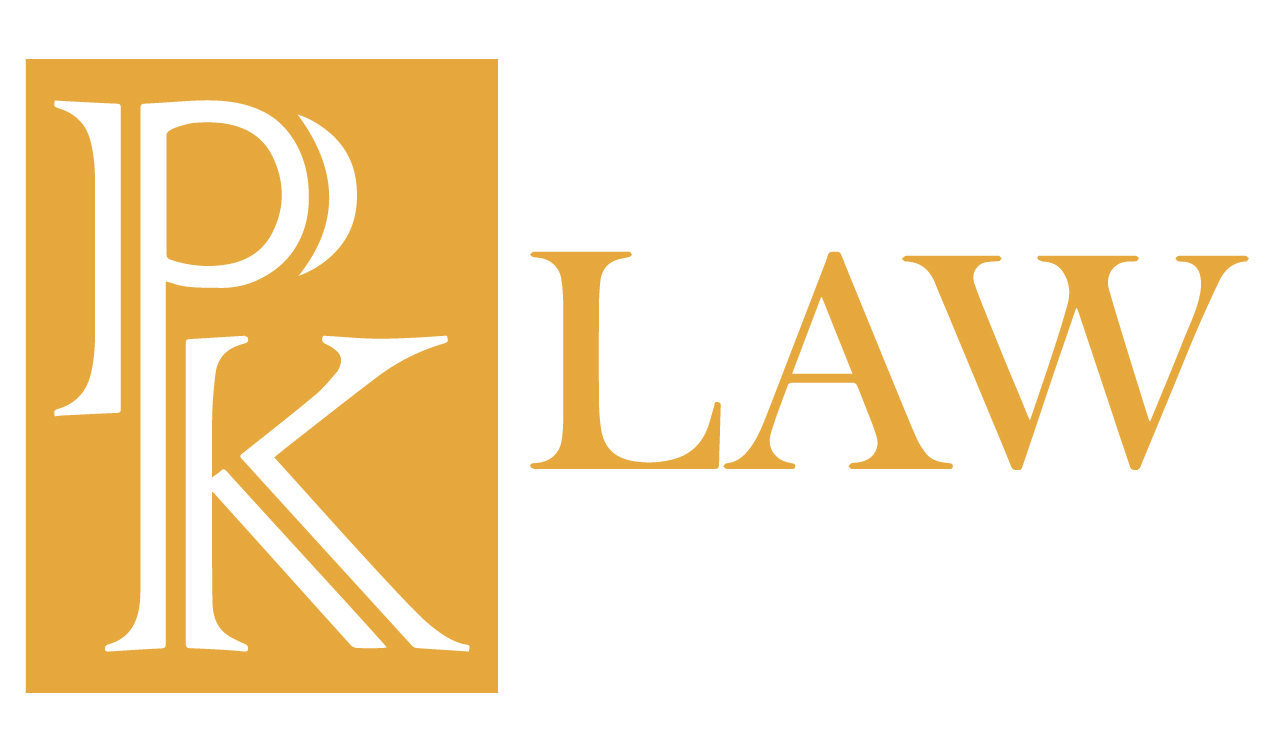Trust
Informative Information on Trusts
A TRUST consists of property transferred from the TRUSTOR.
(Grantor/Settlor/Creator) to TRUSTEE.
A TRUSTEE has Legal Title to the Trust Property subject to the provisions specified in the Trust.
TRUSTEE holds the Trust Property for the benefit of the BENEFICIARY.
Benefits of Trust
- Trustee manages assets for Beneficiary
- Creator makes sure assets exist for the future generations
- Trust that is created during Settlor’s lifetime does NOT own the trust property at
- the Settlor’s death.
- Must be a written instrument
Living Trust = Takes effect during Creator’s Lifetime
Testamentary Trust = Trust created in Creator’s Will
The Legal Requirements for a Valid Trust
- Creator/Trustor owns the property at the time Trust is Created
Designs the relationship
Establishes the Trust - Trust Property can be Real Estate or Personal Property.
Must be capable of producing income. - Valid Purpose – Must be legal and described in Instrument – must be specific.
- Trustee - Owns Legal Title to the trust property subject to the duties specified by
the Grantor – Trustee is a fiduciary and is held to a higher standard of care.- Cannot delegate duties to a third person
- Must be loyal to the trust and the beneficiaries.
- Cannot personally gain from trust assets except by
fees as stated in trust or by statute. - Must keep Accurate Records and Accounts of assets – Accounts must be given
- to the Beneficiaries at least yearly – If Beneficiary a minor then records go to Guardian.
- Trustee must take possession of the Trust property and make it profitable.
- Must see that all debts of the trust are paid – must collect all money owed to the Trust.
- Must preserve, protect and defend the balance of the trust.
- Trustee must have capacity – Must be a Natural Person or a Corporation.
The Creator can also be the Trustee
A Trustee may reject/resign duties by written instrument.
A Trustee is liable to Beneficiaries For:
Loss in value due to management.
Breach of Loyalty to Trust.
5. Beneficiary – Has Equitable Title to Property subject to the terms of the Trust
- No need of Capacity – can be more than one.
- Take Property as Tenants in Common - % reduced as the class grows.
- Beneficiary may freely alienate benefits – the benefits are subject to creditors.
- The Beneficiary who takes remainder at termination of trust is called Remainderman.
Creating a Trust
- Must be a Written Instrument
- If Personal Property then it can be a simple document
- If the corpus is Real Property, then the Trust must be created by a DEED or
- Conveyance of Trust and must be recorded.
InterVivos Trust (Living Trust)
- Can be Revocable or Irrevocable.
- Revocable – Creator retains ability to terminate the Trust during lifetime.
- Irrevocable – Creator relinquishes right to terminate and the Trust must terminate naturally.
Testamentary Trust
- Created by Testator in his WILL to provide income to future generations or to create
- he Marital Deduction for the Surviving Spouse.
Drafting a Trust - Requirements
- Name
- Not legally necessary but good form.
- Appointment of Trustee
- Each time a trust is created / must have Capacity/ May need to post a bond.
- Specify Purpose
- Powers of Trustee
- Specify in addition to general powers along with discretion or limitations on the
- Trustee in certain. functions
- Trust Property
- Must be in existence and the Trustor has transferable interest specific.
- Beneficiary
- Always name the beneficiary in a Private Trust – By Individual or by Class.
- Power of Appointment (not necessary)
- Person (trustee/beneficiary or 3rd person) Power to Appoint and Name Successor Beneficiaries
- ex. Ability to appoint a Successor Trustee.
- Termination
- By the Life of the Beneficiaries / or a Specific # of years/ or upon a specific event.
- Remainderman
(Where the balance goes at the termination of the trust)- Either distributed to beneficiary or reversion to Creator.
- TRUST must be signed by the Creator.
- Witnessed
- Notarized
- Trustee should sign too if it is an Inter Vivos Trust (A Living Trust).
- If a Testamentary Trust – then Trustee goes to Surrogate to be confirmed.

